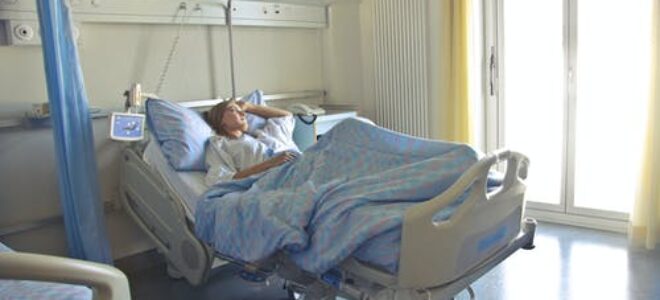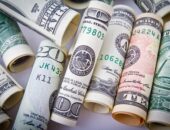Traditional Chinese medicine (TCM) has been around for thousands of years and has stayed chiefly unaltered throughout time. Its core idea is that Qi, or vital life force, travels throughout the body. Sickness and disease are possible outcomes of any Qi imbalance.
Humans, according to the ancient Chinese, were little parts of a larger world, and their surroundings had a massive impact on them. The balance between health and sickness is a key idea. TCM medicine tries to restore this balance via therapy specific to the individual.
The Various Types of TCM
TCM is a set of strategies to assist patients in achieving and maintaining excellent health. Below is a list of several types of treatment.
Acupuncture
Acupuncture is a technique that involves inserting needles into the skin, subcutaneous tissue, and muscles to manipulate acupuncture points. TCM connects up to 2,000 acupuncture points on the human body via twelve major meridians.
Energy, or “Qi,” is transported by these meridians from the skin to the body’s internal organs. Acupuncture restores mental and physical health by maintaining the Yin-Yang balance and enabling correct “Qi” flow throughout the body.
Visit https://www.choicehealthcentre.com/ to know more about how acupuncture may help with pain relief and muscle relaxation.
Massage Therapy
Massage, acupressure, and other types of body manipulation are combined in an Asian bodywork therapy that has been performed for millennia in China. After a series of inquiries, the practitioner will begin treatment to adjust the pressure to the client’s needs.
The massage may be gentle or aggressive at times. Practitioners might use herbal compresses, ointments, and heat to supplement these methods. Chronic pain and musculoskeletal issues are best treated with massage.
Related: Physical therapy treats illnesses or injuries that impede a person’s ability to move and perform everyday tasks. Read more about physiotherapy.
Cupping
Cupping is a Chinese treatment in which the body is surrounded by glass or plastic cups. Treatment of fleshy body parts, such as the back and stomach, is preferred. By inserting a cotton ball or other burning item inside the cups, TCM practitioners eliminate all oxygen.
After that, the cup is put on the skin, removing the material. As the air in the cup cools, the pressure within the cup drops, creating a vacuum and causing the cup to adhere to the skin.
Herbal Medicine
Cinnamon bark, ginger, ginseng, licorice, and rhubarb are just a few of the plants whose leaves, roots, stems, flowers, and seeds are used by TCM practitioners. Ginseng is the most extensively used herb for treating a wide variety of diseases.
Assume a practitioner recommends Chinese herbal medicine as a treatment option. In this case, the herbs are blended into a tea, pill, liquid extract, granule, or powder.
What is vitamin B12 and why should you get a B12 shot? Understand about it on this page.
Finally
If you are considering TCM, you should seek the advice of a skilled practitioner. TCM should not be used in place of conventional or allopathic therapy, especially for severe illnesses, but it may be helpful when used in combination with them. Because certain TCM herbal medicines may interfere or be dangerous when used with your prescription drugs, you should inform your doctor if you are using TCM.





